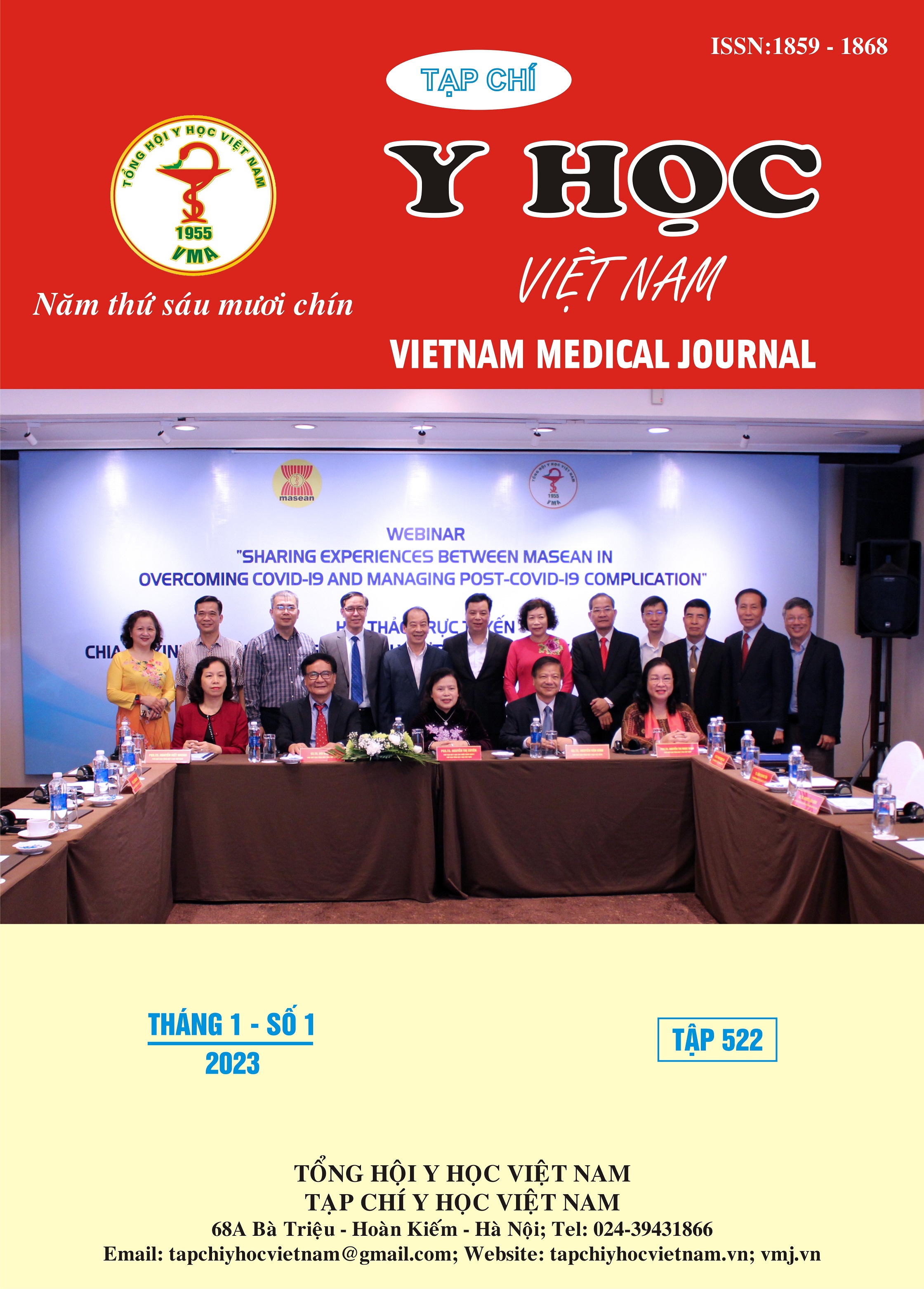THỰC TRẠNG DINH DƯỠNG BỮA ĂN CA CỦA CÔNG NHÂN NGÀNH DỆT MAY VÀ DA GIẦY KHU VỰC MIỀN NAM
Nội dung chính của bài viết
Tóm tắt
Nghiên cứu cắt ngang được thực hiện trên 1525 công nhân thuộc 16 cơ sở lao động thuộc 2 ngành dệt may và da giầy tại khu vực phía Nam nhằm mô tả thực trạng dinh dưỡng bữa ăn ca của người lao động ngành dệt may và da giầy khu vực miền Nam năm 2017. Kết quả cho thấy thực phẩm tiêu thụ trung bình cao nhất là nhóm ngũ cốc (131,52g), kế đến là nhóm rau quả khác (78,1g), thịt, cá và thủy sản (66.35g), rau màu xanh thẫm, rau quả màu vàng đỏ(40.43g). Nhóm đậu và các sản phẩm; bánh kẹo, nước ngọt; trứng và đồ uống có cồn có mức tiêu thụ rất ít. Bữa ăn ca người lao động 2 ngành này có tỷ lệ protein, lipid, glucid cân đối là 15,8:20,6:63,9. Tuy nhiên các tỷ số canxi/ phospho, chất xơ/ 1000kcal, Vitamin B2/1000kcal chưa cân đối với tỉ số lần lượt là 0.47, 3.33, 0.34. Năng lượng của bữa ăn ca mới đáp ứng được 63,6% nhu cầu của người lao động nam và 75,9% nhu cầu của người lao động nữ. Mức đáp ứng về năng lượng ở nữ cao hơn nam sự khác biệt có ý nghĩa thống kê (p<0,005).
Chi tiết bài viết
Từ khóa
dinh dưỡng, bữa ăn ca, khẩu phần, người lao động, dệt may, da giầy.
Tài liệu tham khảo
2. Canella DS1, Bandoni DH, Jaime PC (2013) Energy density in the diet of workers from São Paulo, Brazil, and associated socio-demographic factors. Rev Bras Epidemiol.;16(2):257-65. doi: 10.1590/S1415-790X2013000200003.
3. Nguyễn Thị Lan Hương (2022). Thực trạng bữa ăn ca công nhân dệt may tại một số tỉnh miền Bắc và hiệu quả cải thiện khẩu phần tại thành phố Hải Dương. Luận án tiến sĩ, Viện Dinh dưỡng Quốc gia.
4. Bộ Y tế - Viện Dinh dưỡng (2017). Các phương pháp điều tra khẩu phần, Nhà xuất bản Y học, Hà Nội.
5. WHO (2000) – Obesity: Preventing and managing the Global Epidemic – Report of WHO Consultion, Geneva.
6. Md Golam H, Monjura A, Md Shadab IS et al. (2014). Morbidity patterns, nutritional status, and healthcare-seeking behavior of female garment workers in Bangladesh, Electronic physician, 6(2): 801-807.
7. Syahidatul KMH, Sheby PG, Karen MT (2019). Health outcomes among garment workers in low-middle income countries: A scoping Revie, Women Health Bull, 6(3): e91127.
8. Meggie Ciabida, Notion TG, Milton C (2015). Foodborne illness among factory workers, Gweru, Zimbabwe, 2012: a retrospective cohort study, BMC Res Notes, 8: 493.
9. Trần Thị Minh Hạnh và cộng sự (2013), Năng lượng và các chất dinh dưỡng tiêu thụ của công nhân nhập cư tại TPHCM, tạp chí Dinh dưỡng & thực phẩm, tập 9, số 3.
10. Phạm Thu Thủy (2022). Tình trạng dinh dưỡng và một số yếu tố liên quan của người lao động Công ty Than Quảng Ninh năm 2021. Luận văn tốt nghiệp Thạc sĩ Dinh dưỡng, Đại học Y Hà Nội.


